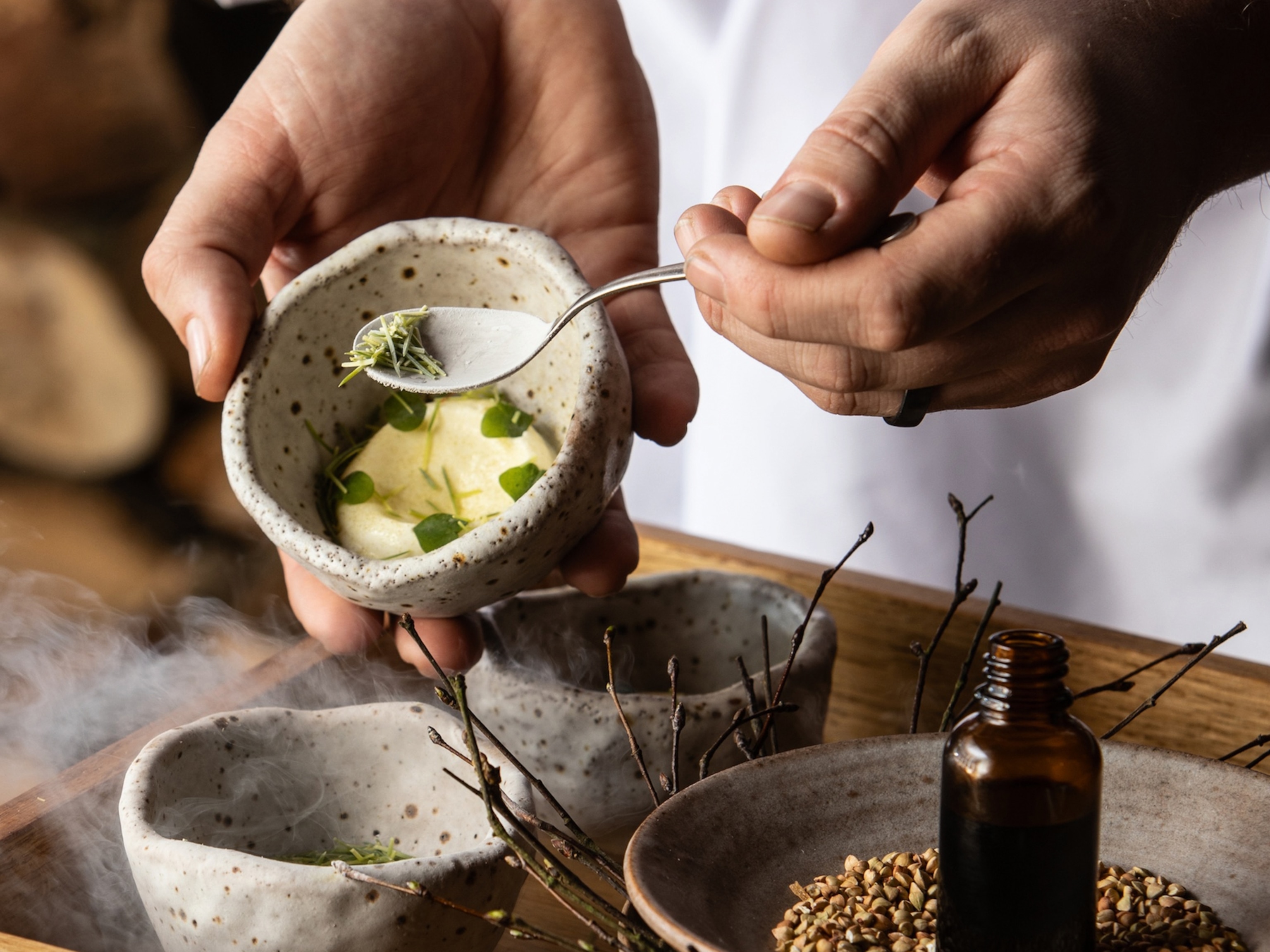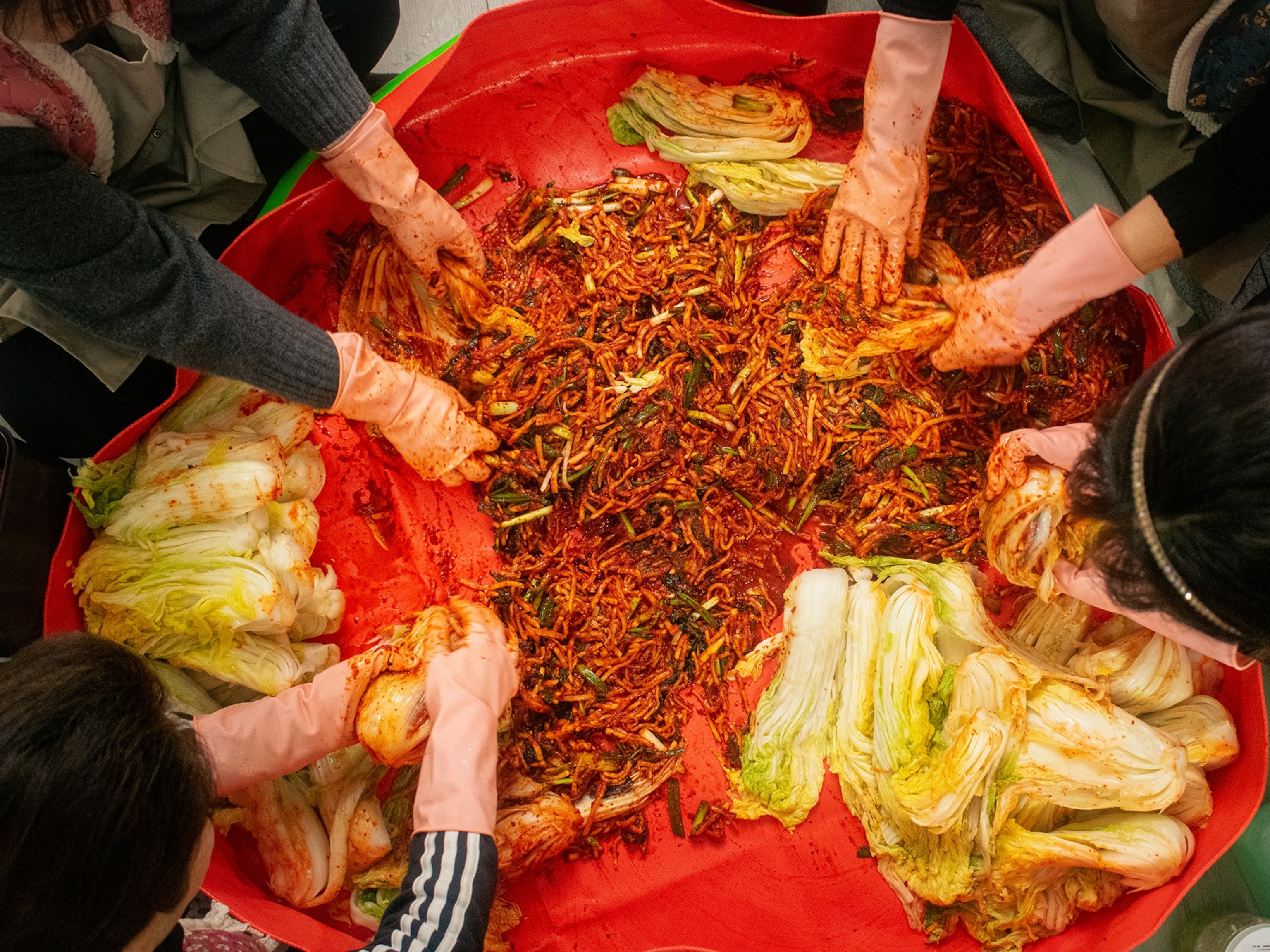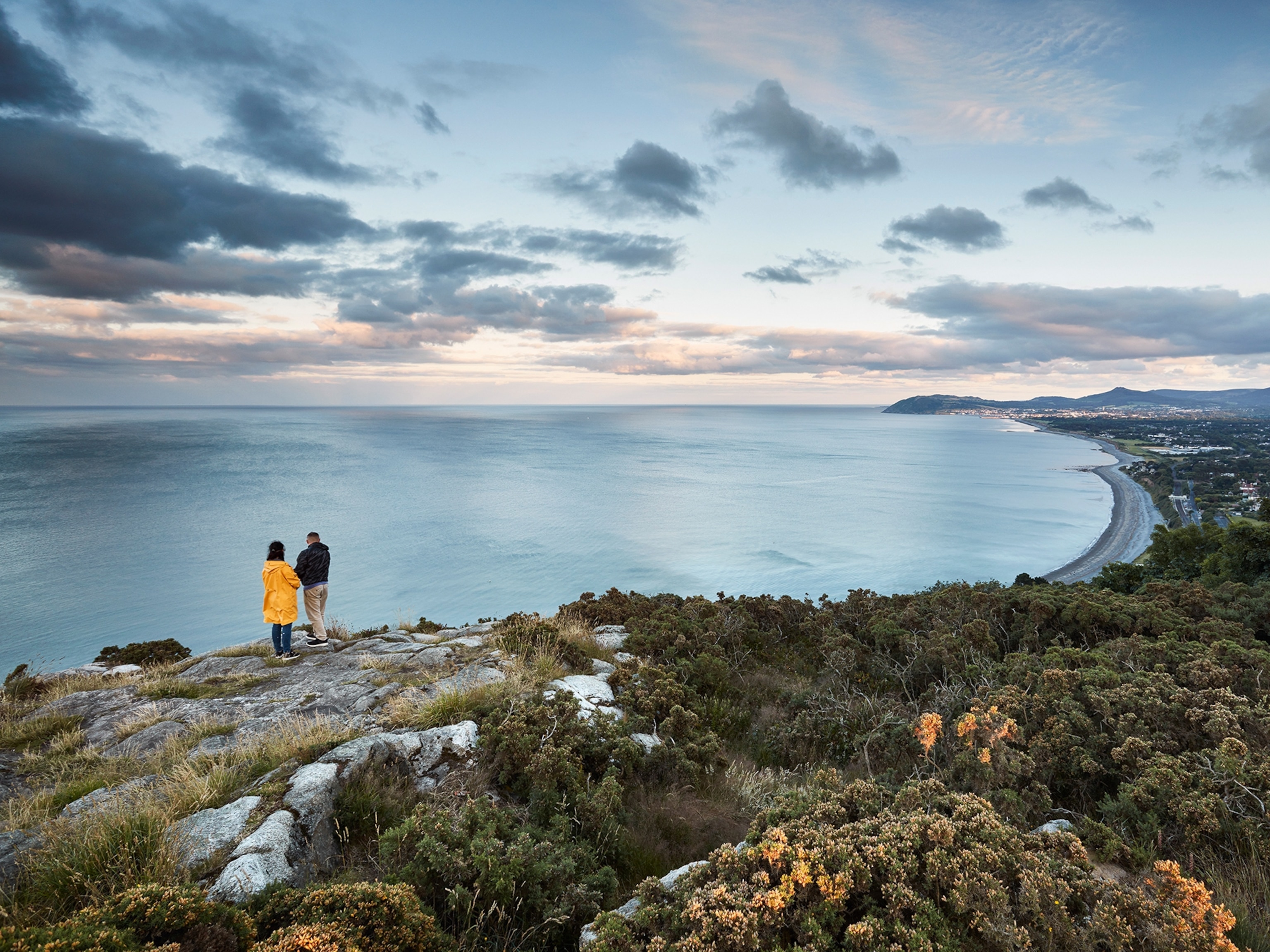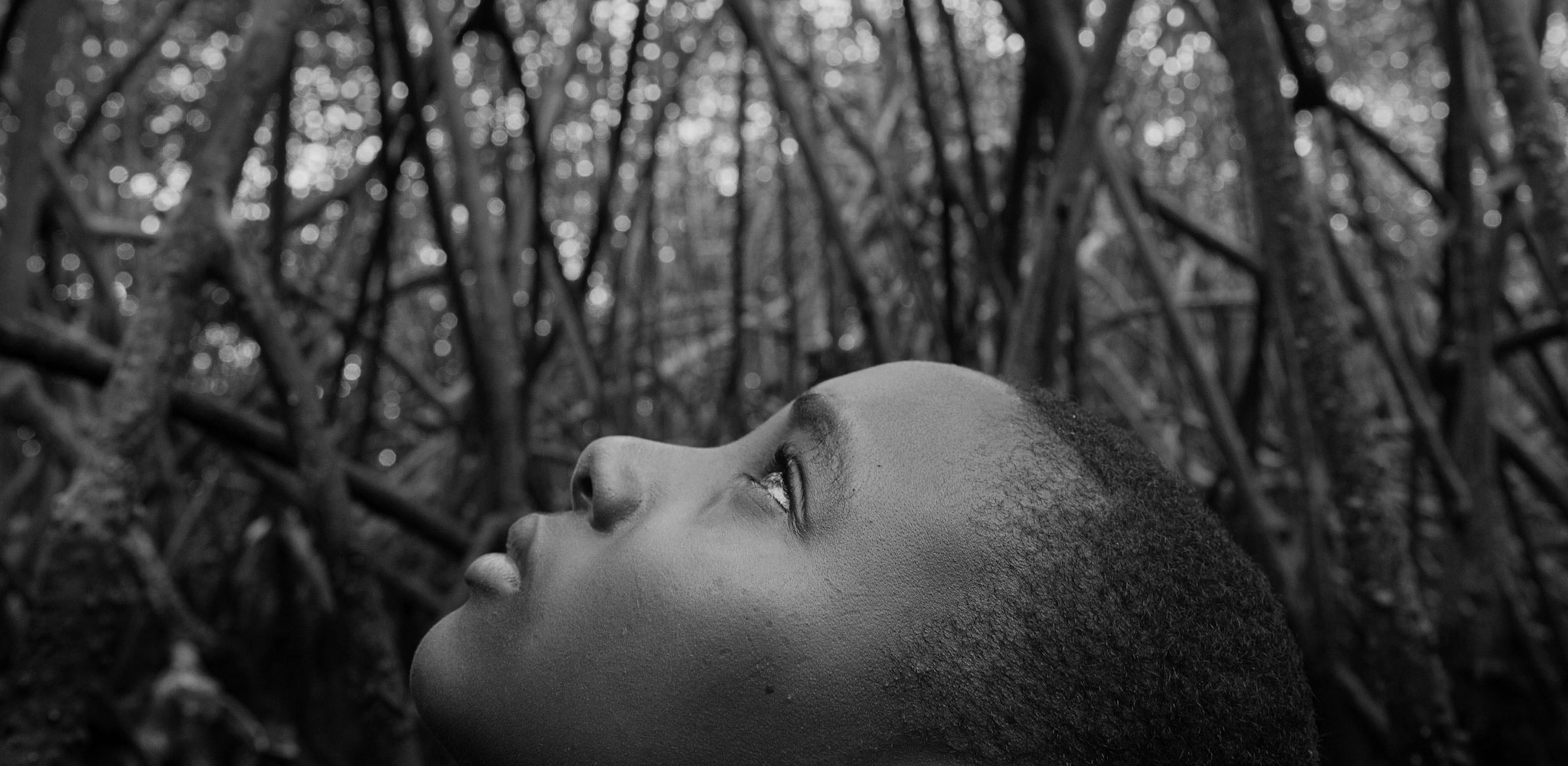
Growing Up in Ecuador’s Mystical Mangroves
“A very muddy jungle gym.” That’s how photographer Felipe Jácome describes the soaring mangrove trees in Cayapas Mataje Mangrove Reserve in northwestern Ecuador. Their roots, twisted and gnarly and towering, are the fantasy of any child who grew up climbing trees, playing house in their roots and swinging from their branches.
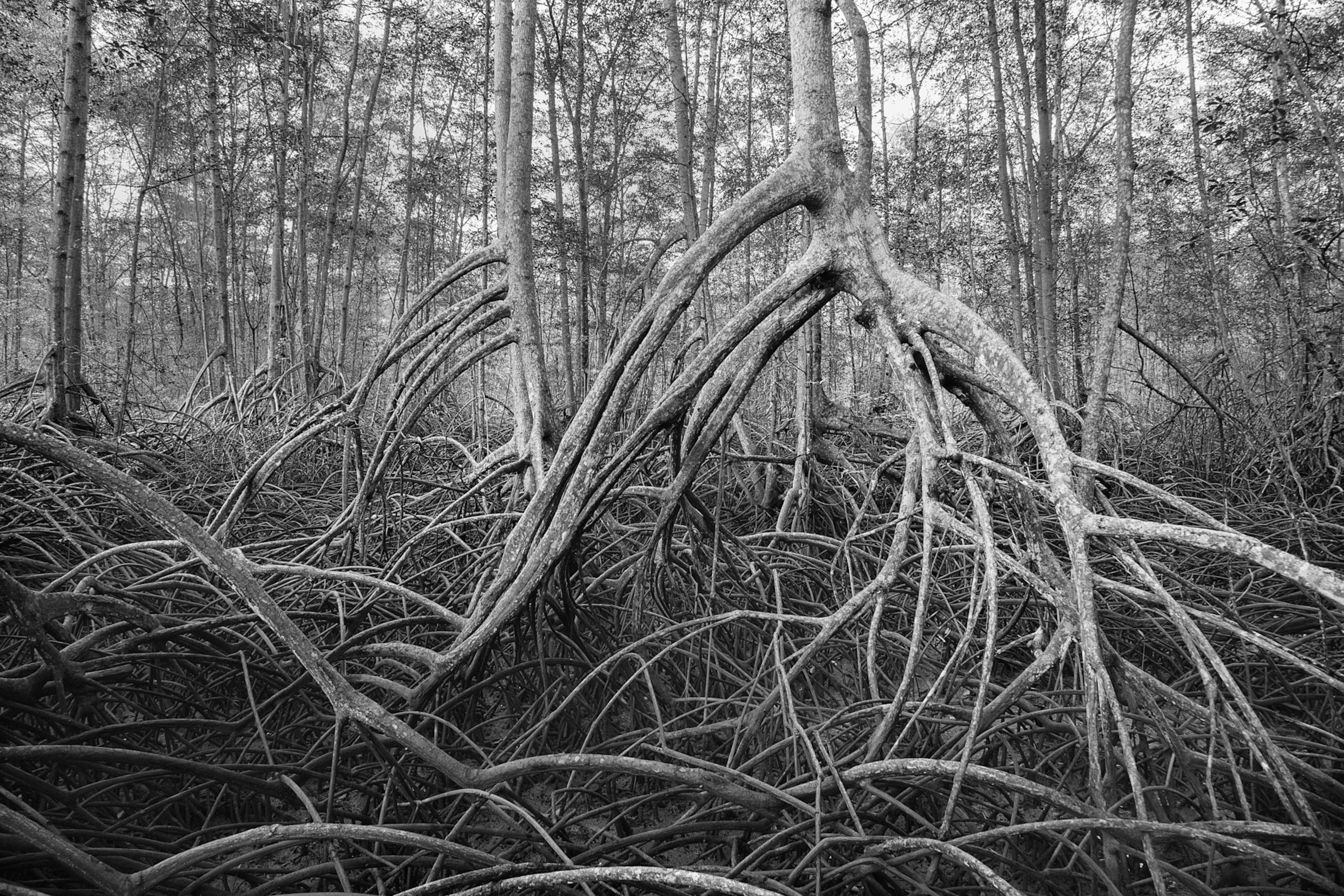
The children pictured in Jácome’s whimsical photos make navigating these spindly systems look easy, but he quickly corrects my naiveté. “This is the hardest place I’ve ever worked,” he says. It’s a combination of the mud (“You will get stuck”), the mosquitos and black flies (which the kids try to keep at bay by burning coconut husks), and the questionable stability of the roots you’re relying on to hold your weight.

So besides its beauty, what brings the locals back, day in and day out, to such a difficult environment? Ceviche. That’s right, the popular seafood dish. In Ecuador, the citrus-infused recipe is often made with meat from the black cockles found in the mud of the mangrove reserve. The locals, usually beginning around age nine, dig for the shells and sell them for about eight cents a piece, bringing in between 50 and 100 shells per day.
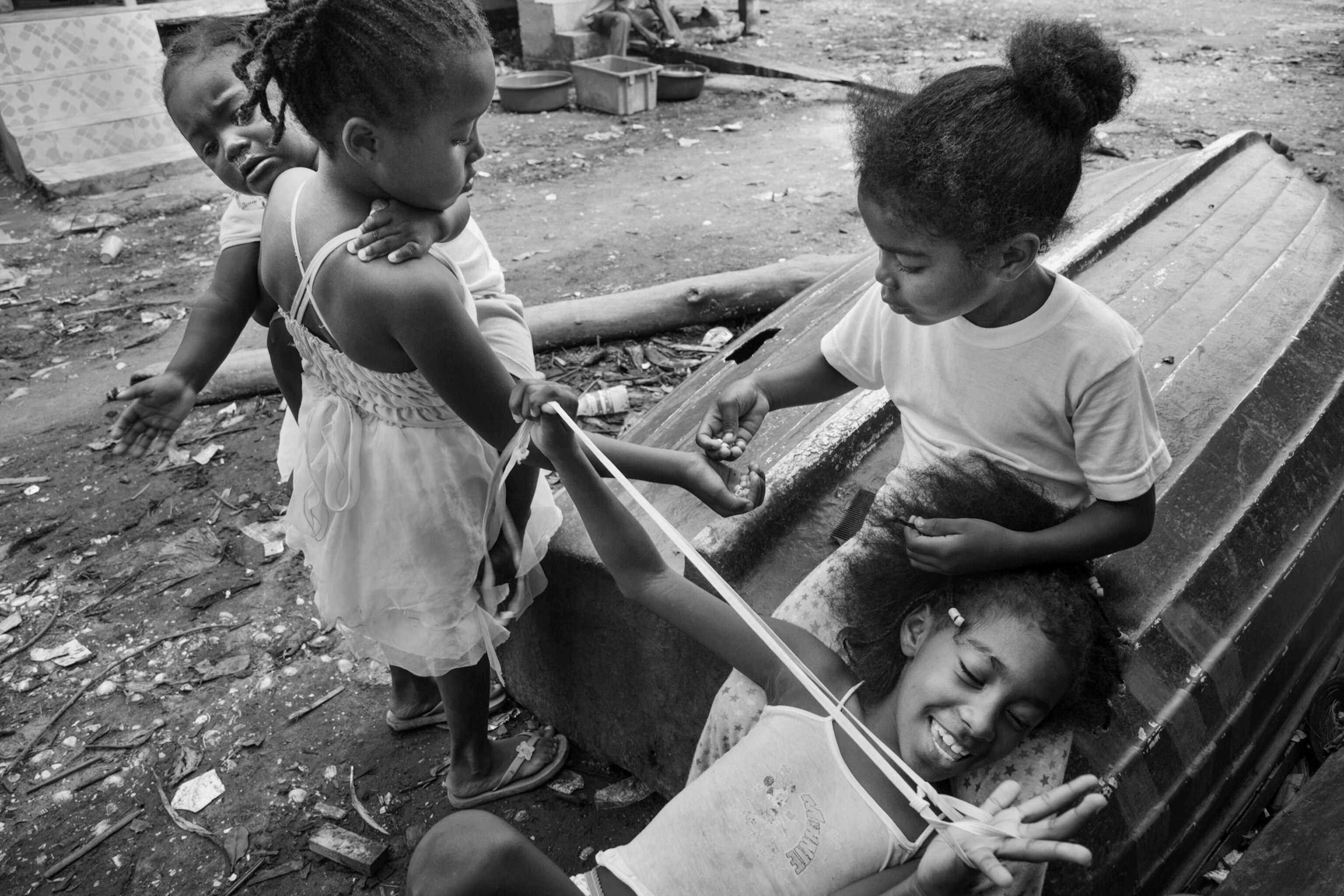
Jácome, who is from Ecuador, first encountered the residents of the mangroves when he was working for the UNHCR, the United Nations’ refugee agency. He spent about a year and half working with refugees in the reserve, and it was then that he learned about the cockle pickers, or concheros. But it wasn’t until after he left his job with the UN that he was able to return and experience picking shells with the community. That was in 2010, and he’s been back many times since.
The people in Jácome’s photographs quickly accepted him, welcoming his presence and his camera. “They are happy people, they are joyful people, they are sassy people, they know how to party,” he says. But life is not easy for them. “They know it’s tough. The adults tell you, ‘It’s good you’re here so people can see how tough it is for us.’”
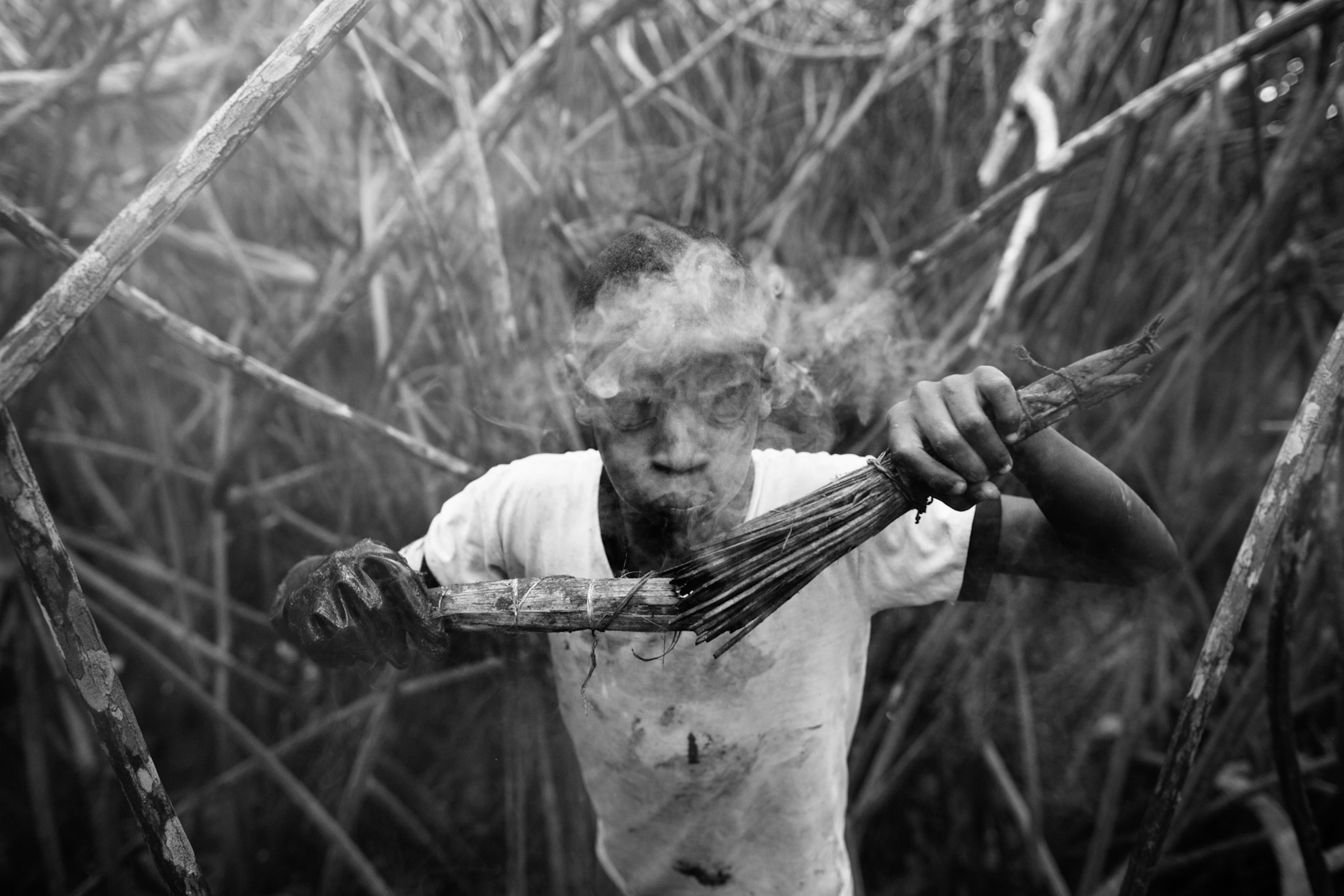
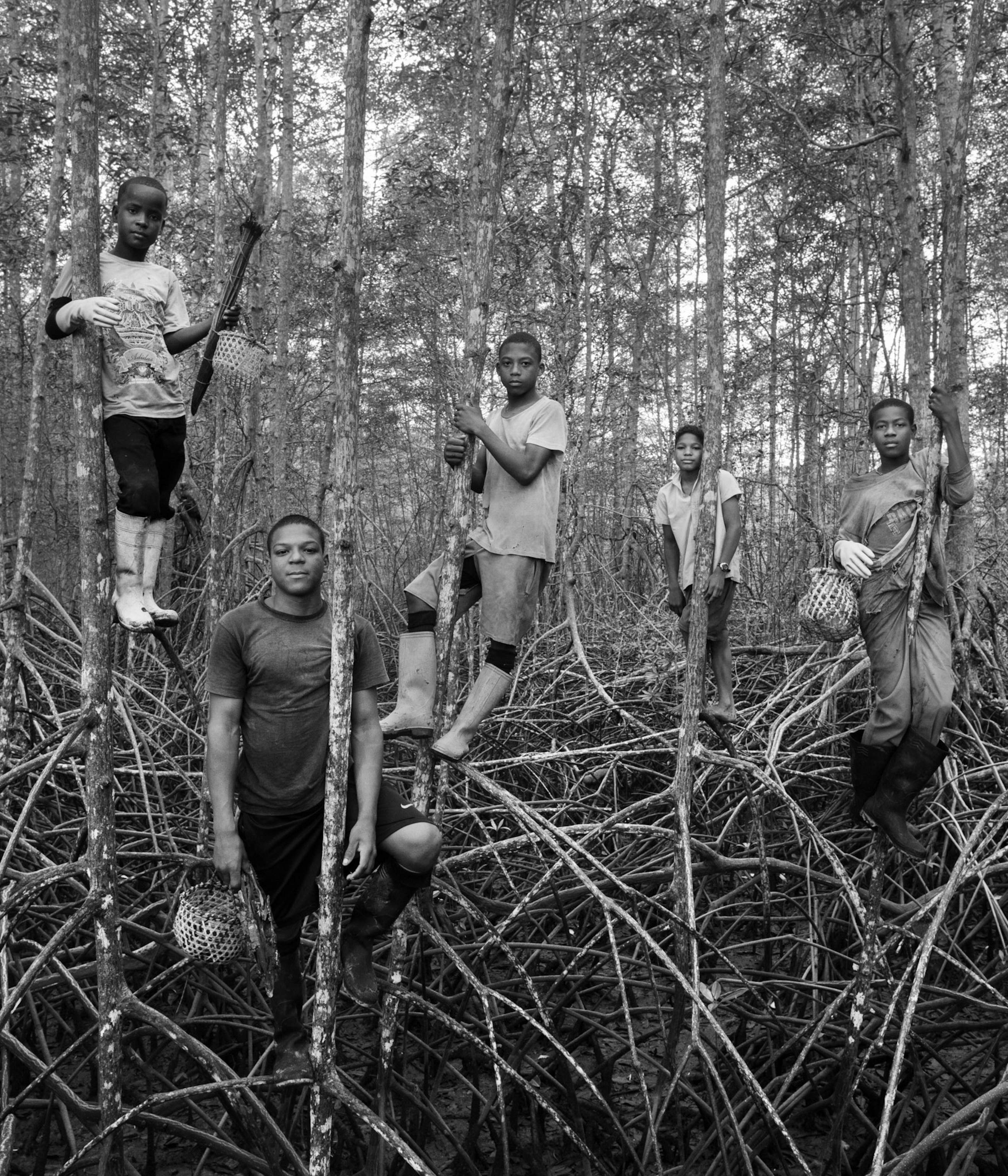
Besides fishing, shell picking is the main industry in the community. It’s undertaken by children and adults alike, but Jácome’s images focus on the kids, which was actually his plan B. “I wanted to focus on the older women that work there, so I was trying to follow them.” But it didn’t pan out so well. “They’ll give you the time of day for about 30 seconds—they’re out there to make their daily earnings,” he explains. “I eventually got left back with a bunch of kids who are extremely agile but also stop and banter. Kids like to go in groups and work together. The adults usually work very separately.”

Though the children contribute to their families’ incomes, their participation in school has recently been prioritized. “Ten to fifteen years ago there were fewer kids in school,” Jácome says. But after they finish secondary school, moving on is more difficult. “School goes up to sixth or seventh grade in the community, and after that they would have to leave and go live in town to finish high school. The closest town is maybe 40 minutes on a boat,” he explains. “The amount of people that manage to leave the little communities in the mangrove and finish school are very few. A lot of them end up going back.”
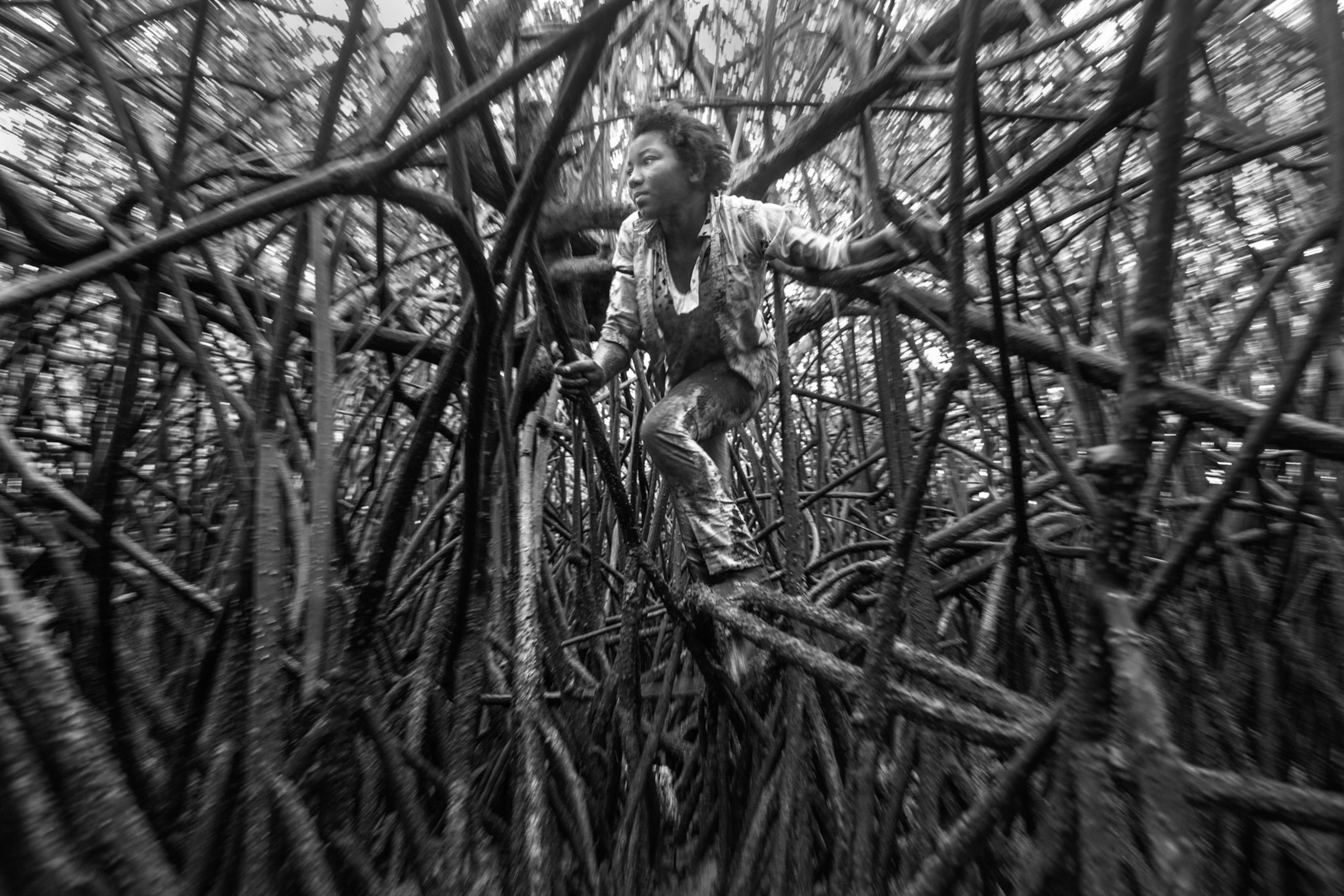
Many students end up juggling both school and shell picking. Jácome explains that primary school is in the morning and secondary school is in the afternoon, so depending on the tide it’s possible for some kids to pick in the morning and go to school in the afternoon or vice versa. Though that’s not without consequence. “How difficult is it for a kid to pick shells for five hours and then go home and do homework? It’s pretty tough.”

“There are a lot of people that say, ‘Oh my gosh, it’s horrible that these kids are doing this work.’ However, for me it’s become more nuanced. I haven’t tried to judge if this is right or if it’s wrong. For me it’s just what happens. One of the things I think I should say is that these kids are not exploited—it’s a family thing, they go with their friends, they banter, they talk, they chat, they yell and scream.”
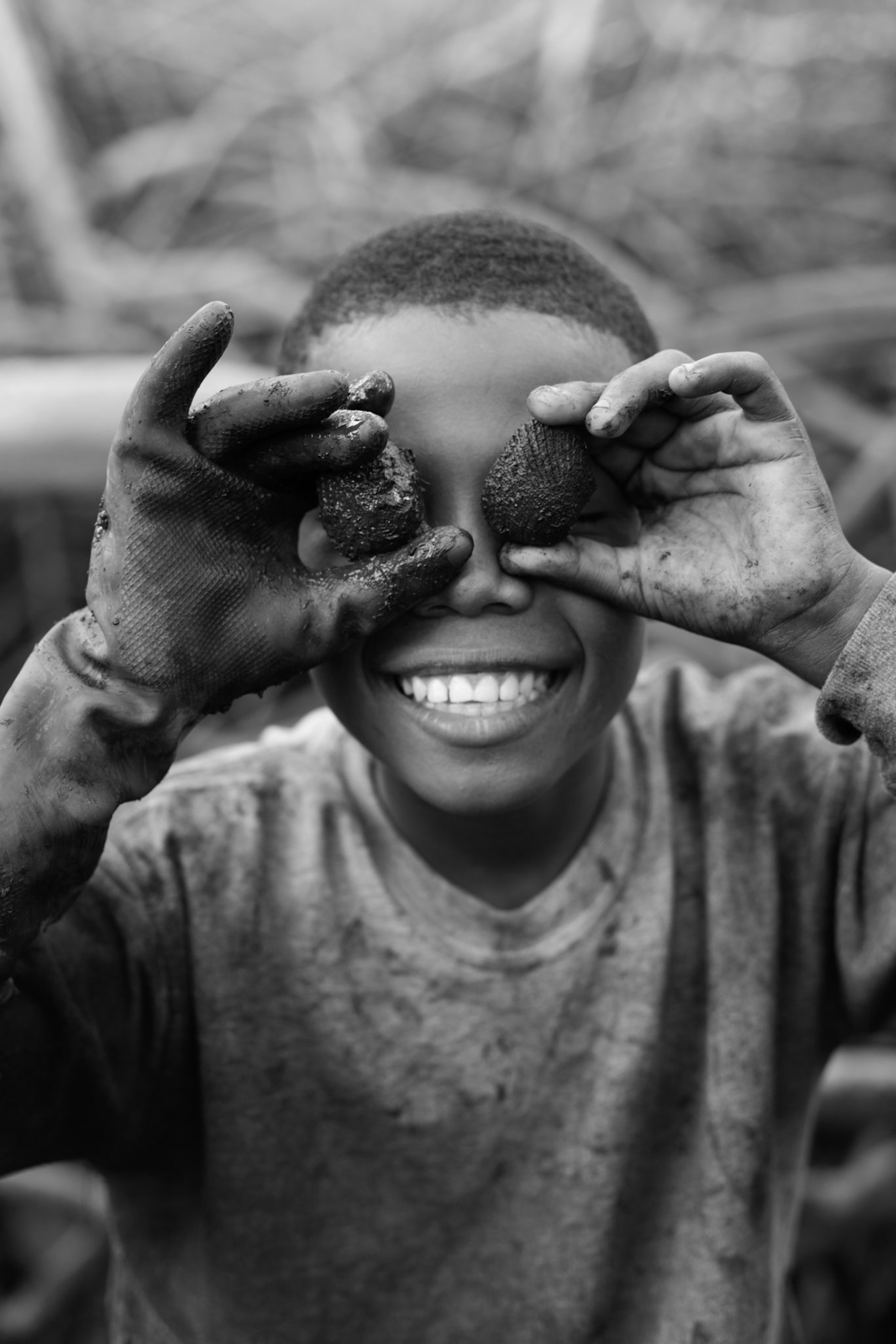
Jácome says that spending time with kids in the mangroves “captures the essence, resilience, purity, and wonder of childhood,” but he doesn’t want to romanticize it. The kids, he says, “know it’s tough.”
*****
Felipe Jácome is an Ecuador-born documentary photographer who is based in Washington, D.C., and Lebanon. See more of his work on his website and follow him on Instagram.

